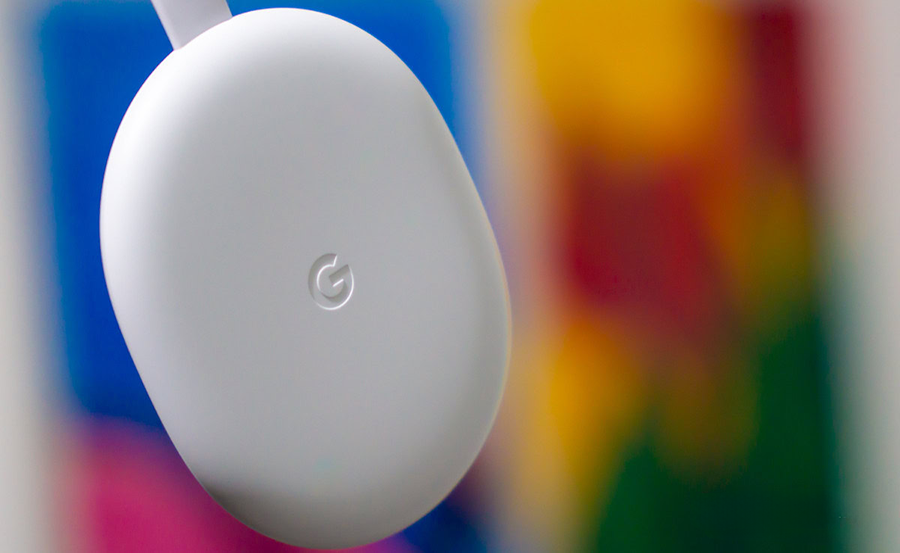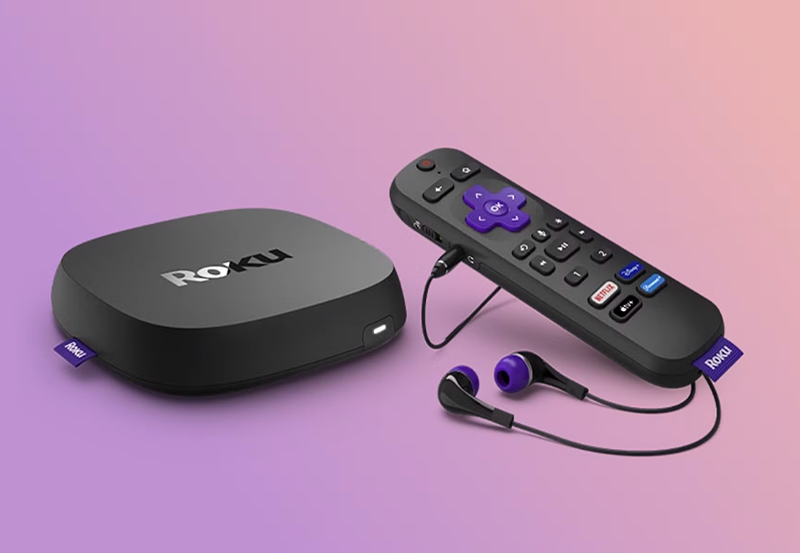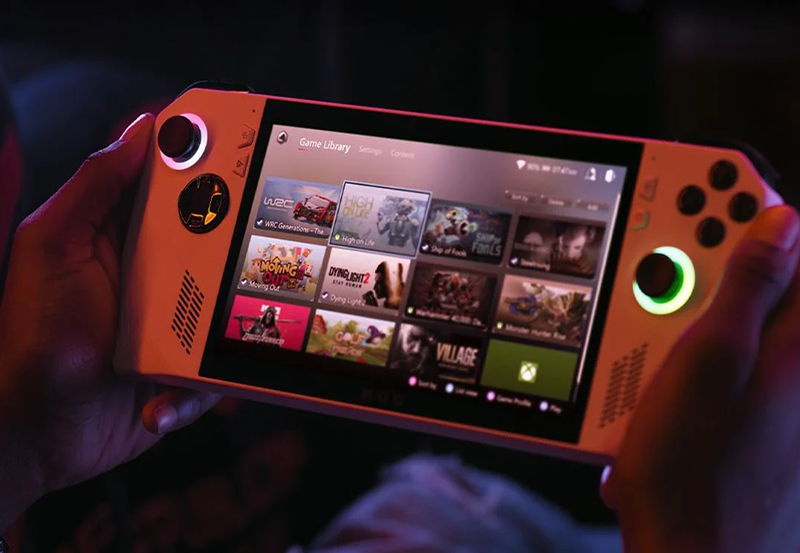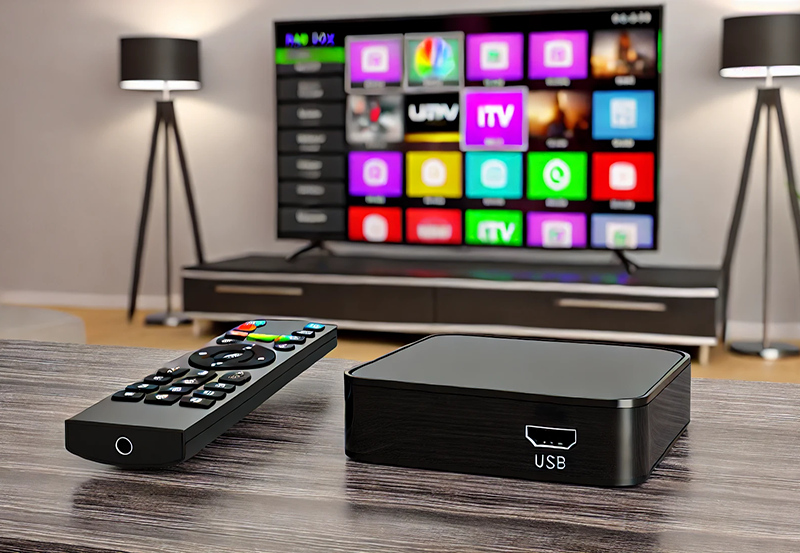In a world brimming with technology, the battle lines are clearly drawn in the realm of streaming devices. Google Chromecast and Amazon Fire Stick have emerged as formidable contenders, each offering a plethora of features that cater to a variety of entertainment needs. But which of these titans reigns supreme? As we unravel this question, we’ll offer insights that will guide your journey through digital media, explore the latest advances, and reveal which device offers the best value for money. So, let’s jump in and find out which streaming device deserves the place of honor in your living room.
Understanding the Basics: What Are Chromecast and Fire Stick?
Google Chromecast: Streaming Simplified
Google Chromecast, since its inception, has been synonymous with effortless streaming. This device stands out due to its ability to cast content from your phone, tablet, or browser straight to your TV. There’s no remote to lose, just an app on your mobile device to control everything. Chromecast offers a seamless way to broadcast your favorite shows, movies, and even photos without the clutter of extra hardware. Nevertheless, what you gain in simplicity, might come with a bit of a learning curve as you adapt to its unique control system.
Amazon Fire Stick: Comprehensive Content Access
If staying on your couch and controlling your entertainment with a traditional remote is more your style, the Amazon Fire Stick delivers just that. With its remote, you not only browse content effortlessly but also gain access to Amazon’s vast library of movies, shows, and original offerings. Plus, the integration with Alexa provides a futuristic touch with voice control features. However, this versatility might be hindered by occasional interface lag and ads, something potential users should weigh against its benefits.
Pro Suggestion:
Access global live TV with Calma Hub IPTV, designed for seamless streaming across all your favorite devices.
Features and Functionality: Beyond the Basics
Speed and Performance
Performance is a critical consideration when selecting a streaming device. Google Chromecast prides itself on performing well due to its reliance on your phone’s processing power. This approach ensures that new generations of the device can focus on streaming quality without needing major hardware improvements.
Amazon’s approach with the Fire Stick showcases internal improvements with each iteration. Its 4K version supports high-quality resolutions and enhanced audio outputs. That said, users may experience occasional lags due to the Fire Stick’s reliance on in-device processing power.
User Interface and Usability
The Chromecast’s interface, or lack thereof, literally puts everything at your fingertips with a mobile-centric experience. However, users unaccustomed to mobile control might find it somewhat restrictive.
Conversely, the Fire Stick offers a more traditional interface using a standard TV layout, which resembles cable boxes of yore but with a modern touch. Its integration with the Amazon ecosystem could offer more contextual recommendations but sometimes at the expense of browsability.
- Google Chromecast: Mobile Control
- Amazon Fire Stick: Traditional Remote
Content Access: Libraries Galore
Streaming Services and App Compatibility
In the tidal wave of streaming services, having access to a wide variety of apps is crucial. Chromecast supports a broad spectrum of apps, thanks to its ability to stream straight from mobile apps. This includes popular options like Netflix, Spotify, and YouTube.
The Fire Stick, while also supportive of numerous services, offers a smoother experience within the Amazon Prime ecosystem. The device may favor Amazon content, but popular services from Netflix to Hulu remain accessible, complemented by the Fire Stick’s robust app store.
Local Content and IPTV
With the rise of IPTV providers, both devices have become vital in accessing local content in addition to international offerings. Chromecast’s flexibility allows it to stream IPTV content effectively, although configuration can sometimes be convoluted.
Fire Stick has shown improvements with IPTV streaming support, offering clear access through its app compatibility, which often includes some of the best IPTV deals. However, users should be mindful of geo-restrictions that could affect streaming quality.
Pricing and Value: Budgeting for Entertainment
Device Cost and Variants
Now, let’s talk numbers. Google’s Chromecast models come with varied price tags, often reflecting the differences in streaming quality—HD or Ultra HD. It is typically perceived as economical due to its minimalistic approach, which covers the essentials.
Amazon’s Fire Stick, while also offering different variants such as the 4K and the TV cube, boasts pricing that remains competitive. The Fire TV’s diverse range comes packed with features that aim to unlock the ultimate IPTV experience.
Subscription Costs
Both devices require users to shoulder subscription costs for accessing premium content. The question boils down to whether you’ll primarily leverage Google’s or Amazon’s services, partially dictating additional costs.
For streaming enthusiasts pondering over which option saves on expenses while delivering value, promotions or discounts from IPTV providers could be the determining factor.
Comparative Analysis: Which Device Fits Your Lifestyle?
Family and Shared Spaces
When considering device usage across a family or shared household, think about how each person prefers to interact with technology. If interfacing through phones is second nature, Chromecast may prove liberating, avoiding the clutter of multiple remotes.
Alternatively, Fire Stick’s traditional setup with a unifying remote might win points where ease of use is paramount. Plus, its kid-friendly features can enhance familial evenings—just be prepared for potential territorial battles over remote control.
Tech-Savvy Users
Tech enthusiasts often lean towards devices that allow experimentation and integration with other smart home devices. Chromecast pairs sleekly with Google smart speakers and displays, constantly evolving with tech trends.
Fire Stick’s Alexa compatibility and robust network mean it caters well to a smart Amazon household, presenting a rich environment across compatible devices and further diversifying potential use cases beyond mere streaming.
Travel and Portability Considerations
For those frequently on the go, Chromecast’s plug-and-play setup is handy. It allows users to carry and connect without additional baggage, offering content streaming, provided reliable mobile data or WiFi are available.
The Fire Stick too champions portability, albeit with a slightly greater dependence on remote-control management, providing a comprehensive solution for setting up entertainment hubs anywhere in the world.
The Decision-Making Process: Choosing Your Champion
At the crux of this debate is how you plan to interact with your television. Do you lean towards immersing in control through your mobile, or prefer the tactile engagement of a handheld remote?
- For seamless integration with mobile usage: Chromecast takes the lead.
- If versatility with traditional control is desired: Fire Stick might better suit your style.
Your end choice should reflect your media consumption habits, desired ease of use, and integration with your broader tech ecosystem. Either path—rest assured—promises a gateway to enhanced entertainment experiences.
FAQ: Common Questions Clarified

What are the standout features of Chromecast?
Chromecast allows for direct streaming from mobile devices, making it feel like a natural extension of your phone. It eschews traditional interfaces in favor of efficiency and simplicity in broadcasting content straight to your TV.
Is the Amazon Fire Stick better for accessing IPTV services?
Yes, the Fire Stick’s app store contains numerous IPTV applications, offering a more streamlined user experience for accessing IPTV providers. Some services even offer the best IPTV deals tailored for Fire Stick users.
Can both devices stream in4K resolution?
Both Chromecast and Fire Stick offer models that support 4K streaming. However, ensure your TV supports 4K resolution and your internet speed can handle high-quality streams for optimal viewing results.
Are there additional subscription fees with these devices?
The devices themselves do not impose extra fees, but accessing premium content through services like Netflix, Amazon Prime, or compatible IPTV providers will entail additional subscription costs.
Which device integrates better with smart home systems?
Integration largely depends on the existing smart ecosystem. Chromecast pairs well with Google-based solutions, while Fire Stick naturally integrates with Amazon’s Alexa and Echo devices.
How do updates and support compare between the two?
Google and Amazon both pledge consistent updates to their devices, focusing on firmware and software improvements. However, user experience can vary based on the model and generation of the device used.
Can I use these devices internationally?
Both devices can be used abroad, but note that content availability may differ due to regional restrictions. It’s wise to review content accessibility based on your intended location.
Installing Your Enigma IPTV Device: Step-by-Step Instructions





